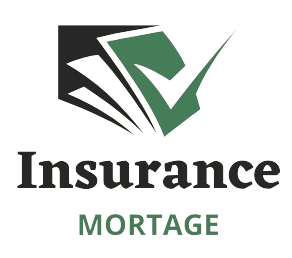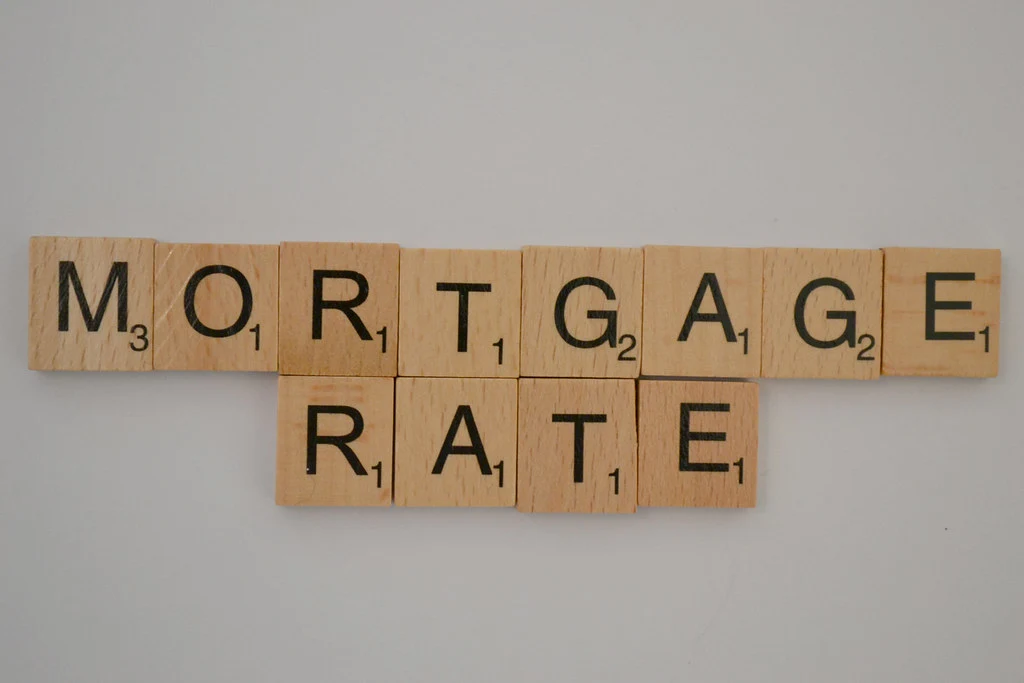In the realm of real estate, few aspects are as pivotal to grasp as mortgage rates. Whether you’re a seasoned homeowner, a prospective buyer, or simply curious about the intricacies of the housing market, having a deep understanding of mortgage rates can empower you to make informed decisions that align with your financial goals. In this comprehensive guide, we delve into the nuances of mortgage rates, exploring everything from factors influencing rates to strategies for securing favorable terms.
What Are Mortgage Rates?
Mortgage rates refer to the interest charged by lenders on a home loan. They play a central role in determining the overall cost of borrowing for homeowners. Mortgage rates are typically expressed as an annual percentage rate (APR) and can fluctuate based on various economic factors.
Factors Influencing Mortgage Rates
Numerous factors influence mortgage rates, making them dynamic and subject to change. Some of the key determinants include:
- Economic Conditions: Mortgage rates often mirror broader economic trends. In periods of economic growth, rates may rise as central banks adjust monetary policies to curb inflation. Conversely, during economic downturns, rates tend to decrease to stimulate borrowing and spending.
- Inflation: Inflationary pressures can impact mortgage rates significantly. Lenders adjust rates to compensate for changes in purchasing power, aiming to maintain real returns on loans.
- Creditworthiness: Individual borrowers’ credit profiles play a crucial role in determining the interest rates they qualify for. Those with higher credit scores typically secure lower rates, reflecting lower perceived risk for lenders.
- Market Forces: Mortgage rates are influenced by supply and demand dynamics within the housing market. Increased demand for loans may drive rates higher, while a surplus of available credit can lead to more competitive rates.
Types of Mortgage Rates
Mortgage rates can vary based on the type of loan and the terms agreed upon between borrowers and lenders. Some common types of mortgage rates include:
- Fixed-Rate Mortgages: With fixed-rate mortgages, the interest rate remains constant throughout the loan term, providing borrowers with predictable monthly payments.
- Adjustable-Rate Mortgages (ARMs): ARMs feature interest rates that fluctuate periodically based on market conditions. While initial rates may be lower than those of fixed-rate mortgages, they can adjust upwards over time, potentially increasing borrowers’ payments.
- Government-Backed Mortgages: Loans backed by government entities such as the Federal Housing Administration (FHA) or the Department of Veterans Affairs (VA) may offer competitive rates and terms, making homeownership more accessible to certain demographics.
Strategies for Securing Favorable Mortgage Rates
Securing favorable mortgage rates requires careful planning and consideration. Here are some strategies to help borrowers obtain the best possible terms:
Improve Credit Score
A strong credit score is one of the most significant factors in determining mortgage rates. By maintaining a healthy credit profile, borrowers can increase their chances of qualifying for lower rates. Paying bills on time, reducing debt, and avoiding new credit inquiries can all contribute to a higher credit score.
Shop Around
Comparing rates and terms from multiple lenders can help borrowers identify the most competitive offers available. While interest rates are important, it’s also essential to consider fees, closing costs, and the lender’s reputation when choosing a mortgage provider.
Consider Points
Paying points upfront in exchange for a lower interest rate can be a viable strategy for some borrowers. Each point typically costs 1% of the loan amount and can result in a lower monthly payment over the loan’s duration. However, it’s essential to calculate the breakeven point to determine whether paying points is financially advantageous.
Lock in Rate
Once borrowers find a favorable rate, they may have the option to lock it in for a specified period, typically ranging from 30 to 60 days. Rate locks protect borrowers from potential rate increases while their loan applications are processed, providing peace of mind during the homebuying process.
Conclusion
In conclusion, mortgage rates play a pivotal role in the real estate landscape, impacting the affordability of homeownership for millions of individuals. By understanding the factors influencing rates and implementing strategies to secure favorable terms, borrowers can navigate the mortgage market with confidence and achieve their homeownership goals.

